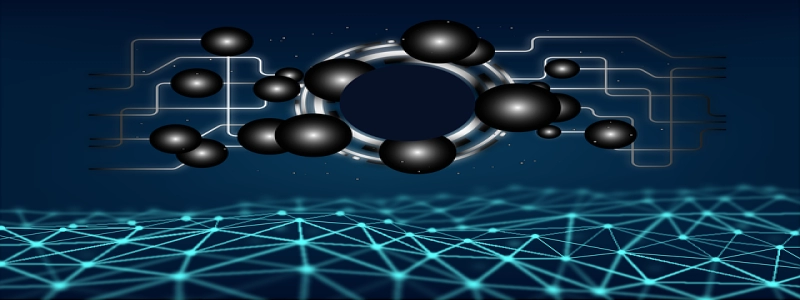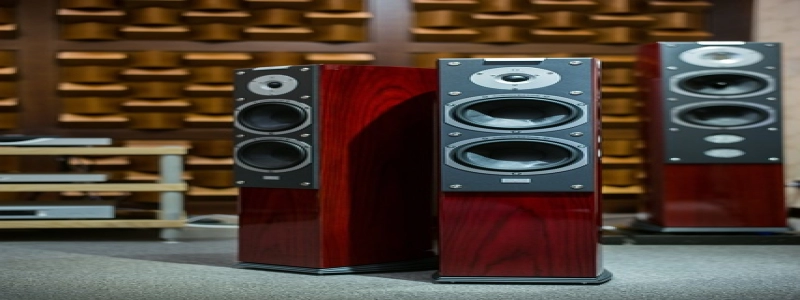[mipi to ethernet]
1. Introduction
1.1 Overview of MIPI
1.2 Need for MIPI to Ethernet conversion
2. MIPI Interface
2.1 Explanation of MIPI interface
2.2 MIPI D-PHY and C-PHY
2.3 Advantages of MIPI interface
3. Ethernet Interface
3.1 Overview of Ethernet interface
3.2 Types of Ethernet interfaces
3.3 Advantages of Ethernet interface
4. MIPI to Ethernet Conversion
4.1 Understanding the need for MIPI to Ethernet conversion
4.2 Challenges in MIPI to Ethernet conversion
4.3 Importance of MIPI to Ethernet conversion
5. Benefits of MIPI to Ethernet Conversion
5.1 Compatibility with existing Ethernet infrastructure
5.2 Extended reach and scalability
5.3 Reduced complexity and cost
6. MIPI to Ethernet Conversion Solutions
6.1 Hardware-based MIPI to Ethernet conversion
6.1.1 MIPI to Ethernet bridge IC
6.1.2 MIPI to Ethernet converter module
6.2 Software-based MIPI to Ethernet conversion
6.2.1 Operating system-level conversion
6.2.2 Application-level conversion
7. Use Cases of MIPI to Ethernet Conversion
7.1 Industrial automation
7.2 Automotive applications
7.3 Medical imaging
7.4 Consumer electronics
8. Conclusion
8.1 Summary of MIPI to Ethernet conversion
8.2 Importance and future prospects
1. Introduction
1.1 Overview of MIPI
The Mobile Industry Processor Interface (MIPI) is a set of specifications for mobile devices to enable communication between different components. It provides a common standard for interfaces such as displays, cameras, and sensors, ensuring interoperability and compatibility.
1.2 Need for MIPI to Ethernet conversion
While MIPI is widely used in mobile devices, Ethernet remains the standard for wired communication in other industries. To bridge the gap between MIPI and Ethernet, a conversion mechanism is required to enable the transmission of MIPI data over Ethernet networks.
2. MIPI Interface
2.1 Explanation of MIPI interface
MIPI interface utilizes dedicated physical layers (D-PHY and C-PHY) to transmit data between components. It offers high-speed and low-power communication, making it ideal for mobile devices.
2.2 MIPI D-PHY and C-PHY
MIPI D-PHY and C-PHY are physical layer implementations that enable the transmission of data and control signals. D-PHY is primarily used in mobile displays, while C-PHY is suitable for devices that require higher bandwidth.
2.3 Advantages of MIPI interface
MIPI interface offers advantages such as high data transfer rates, low power consumption, and reduced complexity. It allows for seamless integration of various components in mobile devices.
3. Ethernet Interface
3.1 Overview of Ethernet interface
Ethernet is a widely used networking technology for wired communication. It provides high-speed and reliable data transmission over local area networks (LANs) and wide area networks (WANs).
3.2 Types of Ethernet interfaces
There are different types of Ethernet interfaces, including 10/100Mbps Ethernet, Gigabit Ethernet, and 10 Gigabit Ethernet. Each type offers varying data transfer rates and is suitable for different applications.
3.3 Advantages of Ethernet interface
Ethernet interface is known for its reliability, scalability, and compatibility with existing networking infrastructure. It offers high bandwidth, making it suitable for applications that require large data transfer.
4. MIPI to Ethernet Conversion
4.1 Understanding the need for MIPI to Ethernet conversion
The need for MIPI to Ethernet conversion arises when MIPI data needs to be transmitted over Ethernet networks. This conversion enables interoperability between MIPI-based devices and Ethernet-based systems.
4.2 Challenges in MIPI to Ethernet conversion
The conversion from MIPI to Ethernet poses certain challenges due to the differences in their protocols and physical properties. The conversion mechanism needs to address these challenges to ensure seamless data transmission.
4.3 Importance of MIPI to Ethernet conversion
MIPI to Ethernet conversion is essential for industries that utilize both MIPI and Ethernet technologies. It allows for the integration of MIPI-based devices into existing Ethernet networks, thereby enabling enhanced functionality and connectivity.
5. Benefits of MIPI to Ethernet Conversion
5.1 Compatibility with existing Ethernet infrastructure
MIPI to Ethernet conversion ensures compatibility with existing Ethernet infrastructure, eliminating the need for significant changes in the network setup.
5.2 Extended reach and scalability
Ethernet networks offer greater reach and scalability compared to MIPI interfaces. By converting MIPI to Ethernet, the range of communication can be extended, making it suitable for applications that require long-distance data transmission.
5.3 Reduced complexity and cost
MIPI to Ethernet conversion simplifies the overall system architecture and reduces the complexity of integrating MIPI-based devices with Ethernet networks. This results in cost savings and improved efficiency.
6. MIPI to Ethernet Conversion Solutions
6.1 Hardware-based MIPI to Ethernet conversion
Hardware-based solutions involve the use of MIPI to Ethernet bridge ICs or converter modules. These devices provide a seamless interface between MIPI and Ethernet.
6.1.1 MIPI to Ethernet bridge IC
MIPI to Ethernet bridge ICs act as intermediaries between MIPI-based devices and Ethernet networks. They convert MIPI protocols to Ethernet protocols and enable data transmission.
6.1.2 MIPI to Ethernet converter module
MIPI to Ethernet converter modules are compact modules that can be integrated into existing systems. They provide an easy-to-use solution for MIPI to Ethernet conversion.
6.2 Software-based MIPI to Ethernet conversion
Software-based solutions involve the conversion of MIPI data to Ethernet at the operating system or application level.
6.2.1 Operating system-level conversion
Operating system-level conversion involves developing drivers or software modules that enable MIPI to Ethernet conversion at the operating system level. This ensures seamless integration and compatibility with the underlying system.
6.2.2 Application-level conversion
Application-level conversion involves developing specific applications or software that perform the MIPI to Ethernet conversion. This approach offers flexibility and customization options as per the application requirements.
7. Use Cases of MIPI to Ethernet Conversion
7.1 Industrial automation
In industrial automation, MIPI cameras can be connected to an Ethernet network for real-time monitoring and control.
7.2 Automotive applications
MIPI displays and sensors in automobiles can be connected to an Ethernet network for centralized control and data analysis.
7.3 Medical imaging
MIPI cameras used in medical imaging can be connected to an Ethernet network to enable remote viewing and collaborative diagnosis.
7.4 Consumer electronics
MIPI-based devices, such as smartphones and tablets, can be integrated with Ethernet networks for seamless connectivity and data transfer.
8. Conclusion
8.1 Summary of MIPI to Ethernet conversion
MIPI to Ethernet conversion enables the integration of MIPI-based devices into Ethernet environments, facilitating enhanced functionality and connectivity.
8.2 Importance and future prospects
MIPI to Ethernet conversion is crucial for industries that utilize both MIPI and Ethernet technologies. As the demand for seamless connectivity increases, the importance of MIPI to Ethernet conversion is expected to grow, powering new innovations and applications.








